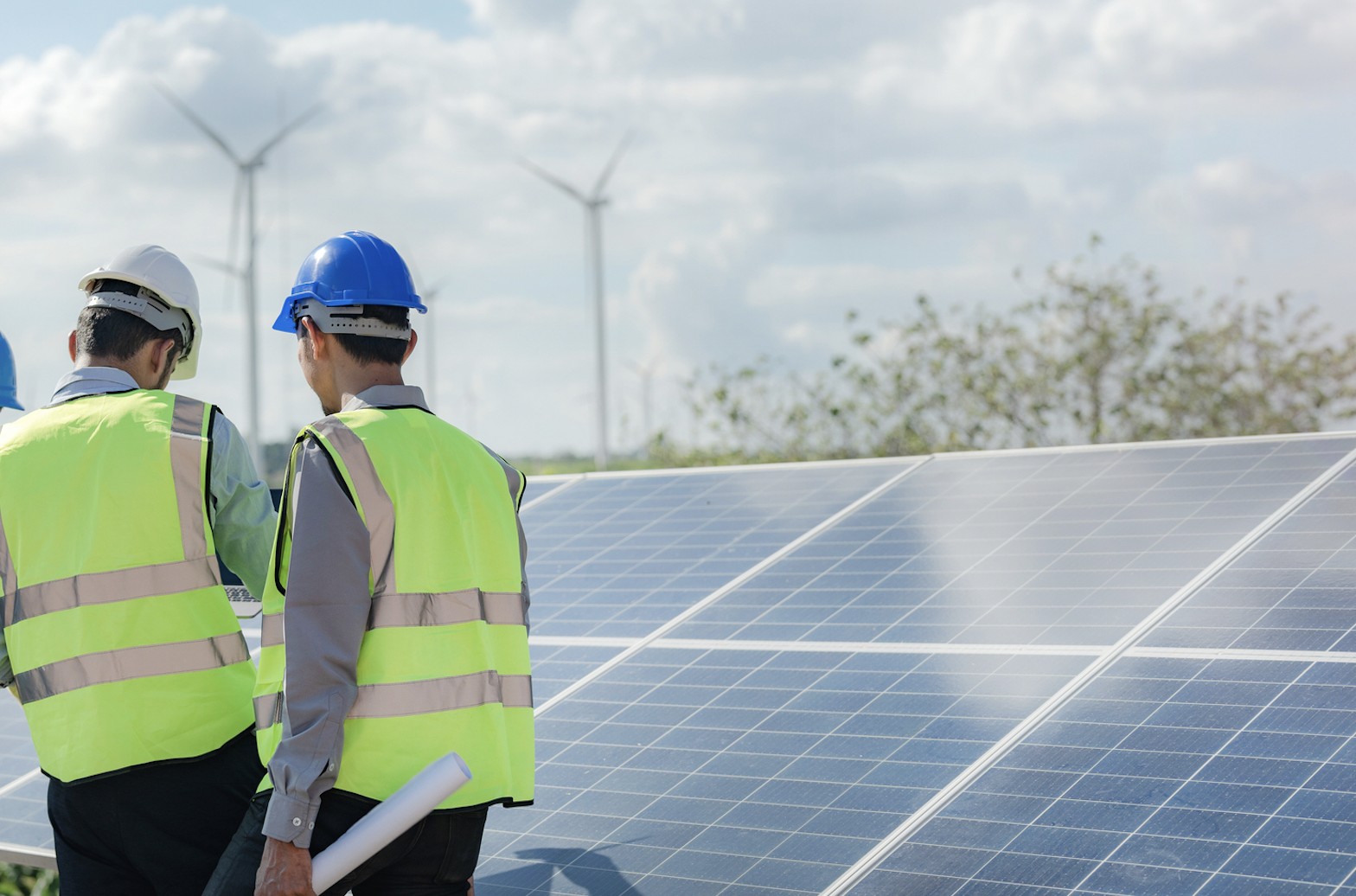- Decarbonisation of buildings can be an intimidating task for facility managers (FMs) but, says Jake Xerri, simple things like communication make life easier.
The social, environmental and economic benefits of decarbonising buildings are widely understood today. More than that, they’re growing more attractive and more crucial as technology – and the climate crisis – advances. Anything we do to reduce our environmental impact is worth the effort and has the added benefit of inspiring and educating others. As alternatives to carbon-based power get cheaper and more reliable, the financial savings they promise are harder to ignore and, finally, effective action on climate is the only way we’ll guarantee a safe, habitable planet for the future. So where do you and your operations fit in?
A great deal of FMs are enthusiastic about improving their buildings and pushing toward sustainability. For others, though, this is not yet a top priority issue. It’s really a question of resources and awareness.
There are always some who are hesitant to make changes, but it’s more likely they’re just not up-to-date on some of the solutions available now or what others have been doing to successfully improve.
The best way to boost awareness is more open communication between FMs. Everyone’s looking for different solutions and ways to improve efficiency. Eventually one or two people will strike solutions and, once that happens, word gets around, and everyone can see and learn by example. So internal communication is useful, then there are seminars, conferences and networking events – usually online these days – which are always good. The more open communication on this subject, the better.
-
Room for improvement
-
Is it possible for all buildings to decarbonise?
In time, yes, I think so. Green power and power purchase agreements – things of that nature – can offset a building’s energy usage. Larger commercial clients who have a portfolio of buildings, which of course have a large total consumption, have offset agreements in place – perhaps they’re investing in solar fields or wind farms.
Does this actually solve the problem? Not directly, but it points us in the right direction and raises awareness on the subject. Practically, we’re looking for developments in the field, and innovation in the technologies we have now, to really make a significant change.
If, theoretically, we saw a breakthrough in battery technology, or there was a breakthrough with solar technology where efficiency was increased to levels far beyond what we can currently achieve, you would see a massive change in the industry, because the technology or the improvements in technology would pave the way. In the meantime, this offsetting venture will help everyone. I don’t think it’s the complete solution, but it’ll pave the way to the right solution.
-
What’s a best practice decarbonisation pathway?
The pathway is a difficult one, but as a start you can always run a building more efficiently.
Any change to energy efficiency in your building should essentially start racking up financial benefits as soon as it’s put in place. Then there are the investments to consider. If you put a brand new chiller in, for example, it may have a payback lifespan of 20, 30, or 40 years. In that sense, certainly, there are savings that the new system would deliver. But with some of these things, the capital cost may far outweigh the potential savings of that system. That’s a barrier for many – and it’s always a question of your budget and careful consideration.
But as soon as you make a change, you certainly should see savings. Again, lighting’s the easiest example, because these systems can pay themselves off in as little as three years.
So, look for ways to reduce energy consumption where you can and update the things that have a high energy demand in your building with the most efficient options available that your budget allows.
-
Mean and Green
One of the most important components of the decarbonised buildings I deal with is their HVAC systems. Devote some time to ensuring that they are running properly, making sure your equipment is up-to-date and has a certain level of control.
Beyond that, there are things like solar, wind and hydro – assuming the hydro’s done correctly. Some buildings can implement solar to reduce emissions and their energy consumption at a certain level, but some cannot. Implement solar if possible, but that’s not going to work for every single building.
Buildings that can’t implement that sort of pathway would need some sort of solution. If you can’t pick up the pieces with just the physical elements of the building, there’s green power or power purchase agreements.
Get a bit innovative and see what your peers in the industry are doing. See if initiatives they’ve implemented have successfully helped their buildings boost efficiency. The best thing is communication. Think about enlisting the help of a sustainability adviser, whose job is focused on nothing but this. Advisers are more than happy to talk to FMs about how they can improve things or what strategies can be put in place – and it starts with one meeting or even a phone call.
There are a range of sources that can be accessed, to actually get the ball rolling and steer FMs in the right direction.
Jake Xerri is NSW Sustainability Manager at Grosvenor Engineering Group

